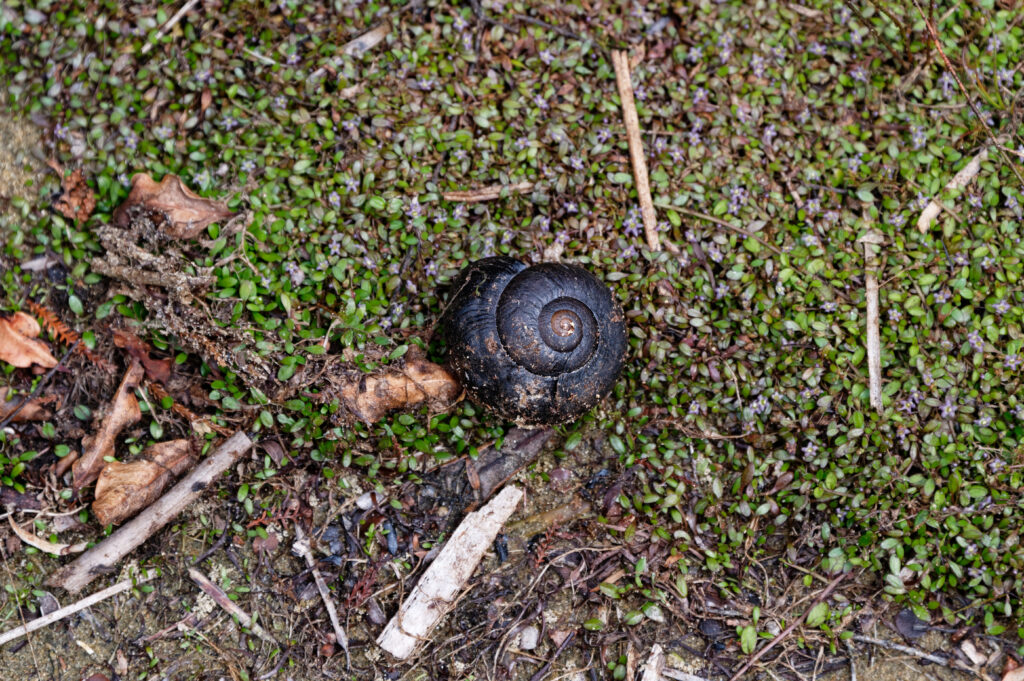- A rare snail from New Zealand has been filmed for the first time laying an egg
- The snail laid an egg in a weird way
- From its neck, the mollusc laid the egg

A New Zealand snail laid an egg on camera for the first time. The rare New Zealand snail species is already uncommon as it is a large carnivorous species, but that is not the most terrifying thing about the animal. No, the scariest thing about it is how it lays an egg.
Read more: Mike Tyson offered zookeeper $10k to smash gorilla
In a statement from New Zealand’s conservation agency, they confirmed footage of the Powelliphanta augusta snail laying an egg. But not from below, from its neck! Yes, you did hear that right, from its neck.
Read on to see the full story.
Was the rare New Zealand snail laying an egg from its neck?
According to video evidence, yes, it was. In a video by the New Zealand Department for Conservation, a small egg comes from the snail’s genital pore, the opening just below its head.
The Hokitika Snail Housing Facility on New Zealand’s west coast has cared for these snails for over 20 years, responding to their endangered status. Since they are native only to New Zealand, the rare snail struggles to survive elsewhere. Consequently, conservation efforts remain focused within the country to ensure their survival.
The snails live in chilled containers in captivity. However, they would live on a mountain on the west coast of the South Island. Tragically, the mountain and the surrounding area have been used for mining, making it inhabitable for the snails.
“It’s remarkable that in all the time we’ve spent caring for the snails, this is the first time we’ve seen one lay an egg,” remarked Lisa Flanagan from the Department of Conservation.
The snail reproduces from its head
What the rare New Zealand snail shares in common with other snails is its male and female reproductive parts. This allows the snails to mate despite their hard shells.
The snails exchange sperm through a small opening near their head to complete the mating process. Then, they wait until they’re ready before laying an egg, which may explain why egg-laying is rarely caught on camera.
Additionally, this snail species takes a long time to reproduce and can lay up to five eggs a year. Even then, eggs can take over a year to hatch, which doesn’t do well for increasing the population of Powelliphanta augustas.
“They’re polar opposites to the pest garden snail we introduced to New Zealand, which is like a weed, with thousands of offspring each year and a short life,” Flanagan said of the snail species.
Despite there being many subspecies of the Powelliphanta snails, the loss of habitats and their carnivorous diet can have something to do with their endangerment.
After a mining company threatened the snails’ habitat, over 2,000 were removed and brought to Hokitika to preserve them in 2011. Now there are 1,900 living comfortably there, and over 2,000 eggs laid.
Cheers to a potential snail revolution!
